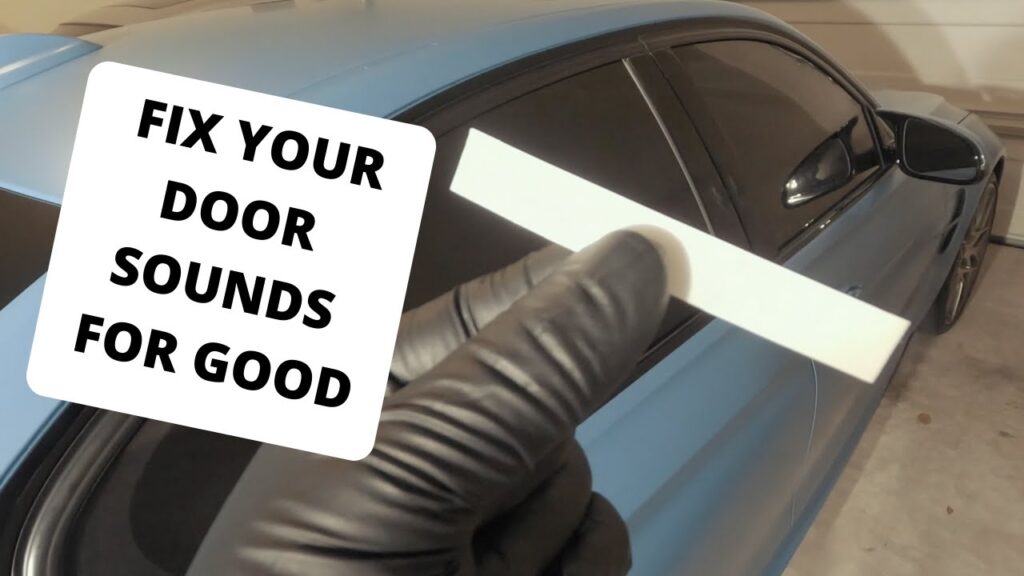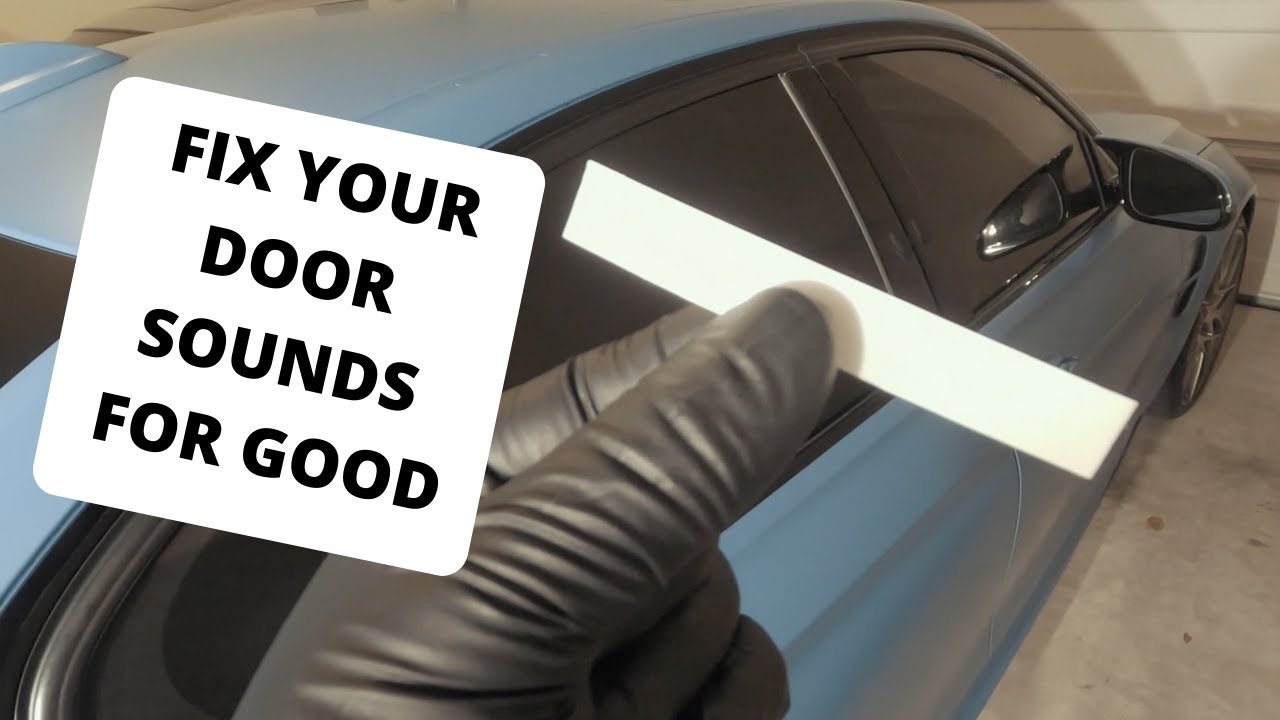
Why Do Doors Creak? Understanding the Causes and Solutions
That unsettling creaking sound – it’s the bane of many homeowners’ existence. But why do doors creak? The answer, while seemingly simple, involves a combination of physics, material science, and good old-fashioned wear and tear. Understanding the root causes of a creaking door is the first step in silencing that annoying noise and restoring peace to your home. This article will delve into the common culprits behind creaking doors, offering practical solutions and preventative measures to keep your doors swinging silently for years to come.
The Science Behind the Squeak: Friction and Vibration
At its core, a creaking door is a manifestation of friction. When two surfaces rub together, especially under pressure, they create vibrations. These vibrations, amplified by the door’s structure, are what we perceive as that characteristic creaking sound. The intensity and pitch of the creak depend on factors like the materials involved, the amount of pressure, and the speed of movement. So, why do doors creak specifically? Let’s explore the common reasons.
Common Culprits Behind Creaking Doors
Dry Hinges: The Primary Suspect
The most frequent offender is undoubtedly dry hinges. Door hinges rely on smooth movement to function silently. Over time, the lubricant within the hinges dries out, leading to increased friction between the metal components. This metal-on-metal contact creates the creaking sound. Dust, dirt, and other debris can also accumulate in the hinges, further exacerbating the problem. Addressing dry hinges is usually the easiest and most effective way to stop a door from creaking. Lubricating the hinges is the first step.
Loose Screws: A Structural Weakness
Loose screws in the hinges or door frame can also contribute to a creaking door. When screws become loose, the door’s weight isn’t properly distributed, causing the hinges to shift and rub against each other or the frame. This movement generates friction and, consequently, a creaking sound. Regularly checking and tightening screws is crucial for maintaining the structural integrity of the door and preventing creaks. If the screw holes are stripped, consider using longer screws or filling the holes with wood glue and toothpicks before re-installing the screws.
Misalignment: A Sign of Settling
As houses settle, door frames can become slightly misaligned. This misalignment puts stress on the hinges and door, forcing them to rub against each other or the frame when the door is opened or closed. Misalignment can be caused by foundation shifts, temperature fluctuations, or even humidity changes. Identifying and addressing misalignment can be more complex than simply lubricating hinges or tightening screws, but it’s essential for preventing long-term damage and persistent creaking. A misaligned door can also cause drafts and difficulty latching.
Warped Doors: A Humidity Issue
Changes in humidity can cause wooden doors to warp. When wood absorbs moisture, it expands; when it dries out, it contracts. This expansion and contraction can lead to warping, which causes the door to rub against the frame, resulting in a creaking sound. Warped doors are particularly common in humid climates or areas with significant temperature fluctuations. Maintaining consistent humidity levels in your home can help prevent warping and reduce the likelihood of creaking. [See also: Maintaining Consistent Humidity Levels in Your Home]
The Door Frame Itself: A Hidden Culprit
Sometimes, the source of the creak isn’t the door or hinges, but the door frame itself. If the frame is rubbing against the wall, it can produce a creaking sound similar to that of a faulty door. This is often caused by the house settling or shifting, putting pressure on the frame. Identifying this issue can be tricky, but carefully observing the door frame while someone opens and closes the door can help pinpoint the source of the noise. Addressing a creaking door frame may involve reinforcing the frame or making adjustments to the surrounding wall.
Troubleshooting Your Creaking Door: A Step-by-Step Guide
Now that we’ve identified the common causes, let’s walk through a step-by-step guide to troubleshooting your creaking door:
- Listen Carefully: Pay close attention to where the creaking sound is coming from. Is it the hinges, the frame, or the door itself?
- Inspect the Hinges: Check for rust, dirt, or dried-up lubricant. Are the screws tight?
- Examine the Door Frame: Look for signs of misalignment or rubbing against the wall.
- Test the Door’s Movement: Does the door swing freely, or does it stick or bind in certain places?
- Apply Lubricant: Start with the hinges. Use a lubricant specifically designed for hinges, such as WD-40 (though a silicone-based lubricant is preferred long-term) or white lithium grease.
- Tighten Screws: If the screws are loose, tighten them. If the screw holes are stripped, use longer screws or fill the holes with wood glue and toothpicks before re-installing the screws.
- Make Adjustments: If the door is misaligned, you may need to adjust the hinges or door frame. This may require the help of a professional carpenter.
Solutions for Silencing a Creaking Door
Lubrication: The First Line of Defense
As mentioned earlier, lubrication is often the simplest and most effective solution for creaking doors. Here’s a closer look at the different types of lubricants and how to apply them:
- WD-40: A common household lubricant, WD-40 can be effective for loosening rust and removing dirt, but it’s not a long-term solution as it tends to dry out quickly.
- Silicone-Based Lubricants: These lubricants are longer-lasting and won’t attract dust and dirt as easily as WD-40.
- White Lithium Grease: A thicker lubricant that provides excellent protection against friction and wear.
To apply lubricant, use the straw attachment to direct the spray into the hinges. Open and close the door several times to distribute the lubricant evenly. Wipe away any excess lubricant with a clean cloth.
Tightening Loose Screws: A Simple Fix
Tightening loose screws is another easy solution for creaking doors. Use a screwdriver to tighten any loose screws in the hinges or door frame. Be careful not to overtighten the screws, as this can strip the screw holes. If the screw holes are stripped, use longer screws or fill the holes with wood glue and toothpicks before re-installing the screws. [See also: How to Repair Stripped Screw Holes]
Addressing Misalignment: A More Complex Task
If the door is misaligned, you may need to adjust the hinges or door frame. This can be a more complex task that may require the help of a professional carpenter. Here are a few things you can try:
- Shim the Hinges: Place thin pieces of cardboard or wood behind the hinges to adjust their position.
- Adjust the Strike Plate: The strike plate is the metal plate on the door frame that the latch engages with. Adjusting the strike plate can help align the door and prevent it from rubbing against the frame.
- Plane the Door: If the door is rubbing against the frame, you may need to plane down the edge of the door to create more clearance.
Preventative Measures: Keeping Your Doors Silent
Preventing doors from creaking in the first place is always the best approach. Here are a few preventative measures you can take:
- Regular Lubrication: Lubricate your door hinges at least once a year, or more often if needed.
- Check Screws Regularly: Check the screws in the hinges and door frame regularly and tighten them as needed.
- Maintain Consistent Humidity Levels: Use a humidifier or dehumidifier to maintain consistent humidity levels in your home, especially in humid climates.
- Inspect Door Frames: Periodically inspect your door frames for signs of misalignment or damage.
When to Call a Professional
While many creaking door problems can be solved with simple DIY solutions, there are times when it’s best to call a professional. If you’ve tried the above solutions and your door is still creaking, or if you suspect a more serious problem, such as structural damage or significant misalignment, it’s best to consult with a qualified carpenter or handyman. They can diagnose the problem accurately and provide the appropriate solution. Ignoring a persistent creaking door can lead to further damage and more costly repairs down the road. Understanding why do doors creak is only the beginning; knowing when to seek expert help is equally important.
Conclusion: A Silent Door is a Happy Door
A creaking door can be a minor annoyance or a sign of a more significant problem. By understanding the common causes of creaking doors and following the troubleshooting steps outlined in this article, you can often silence that annoying noise and restore peace to your home. Regular maintenance and preventative measures can help keep your doors swinging silently for years to come. So, the next time you hear that telltale creak, don’t despair – with a little effort, you can diagnose the problem and implement the appropriate solution. Now you know why do doors creak!

